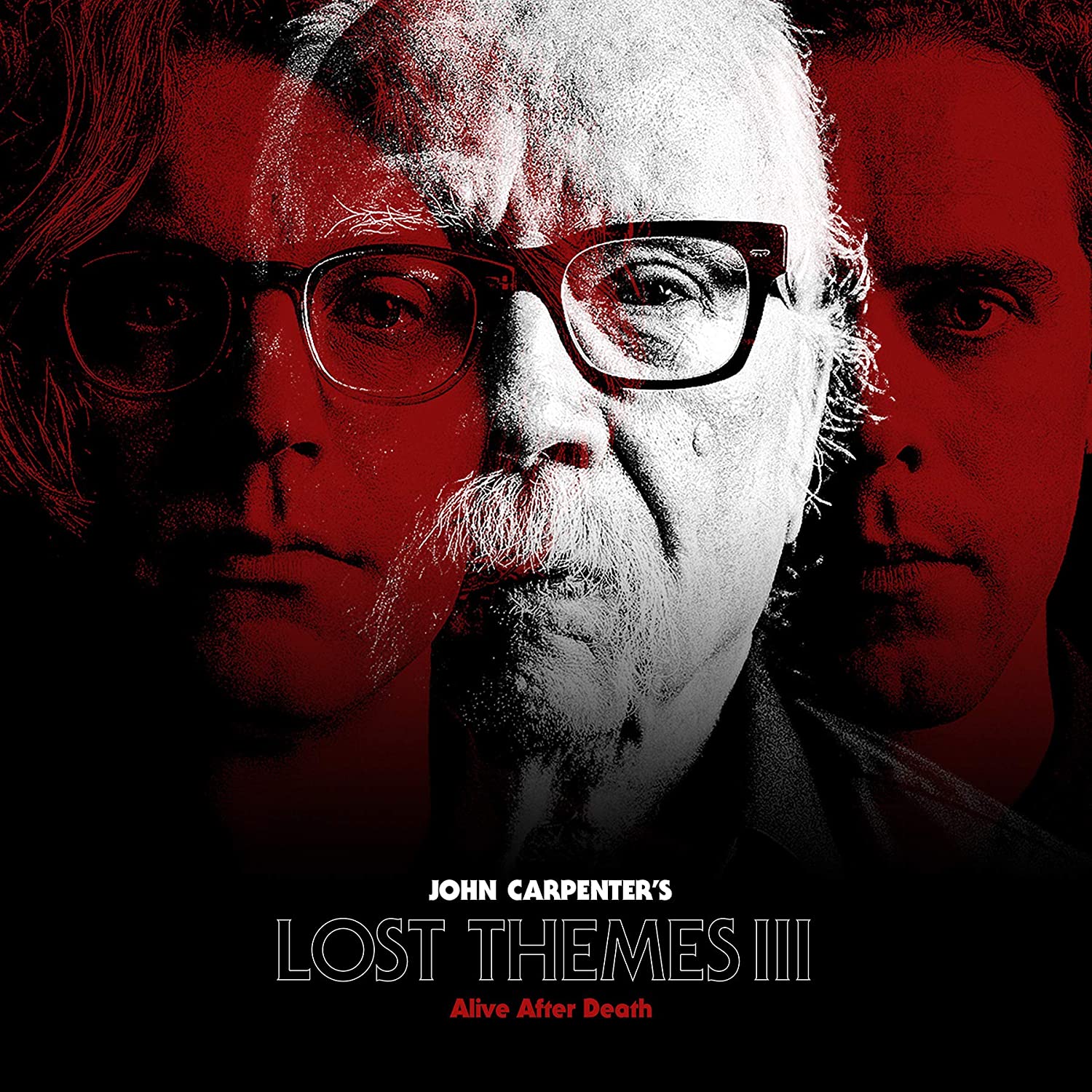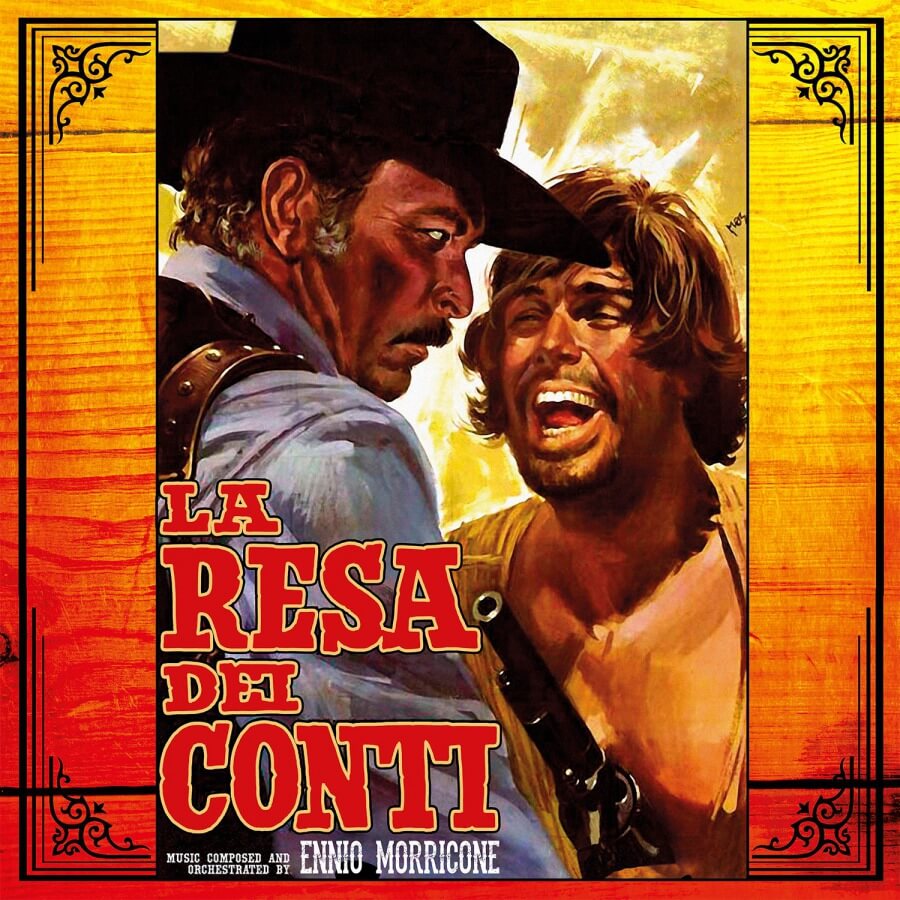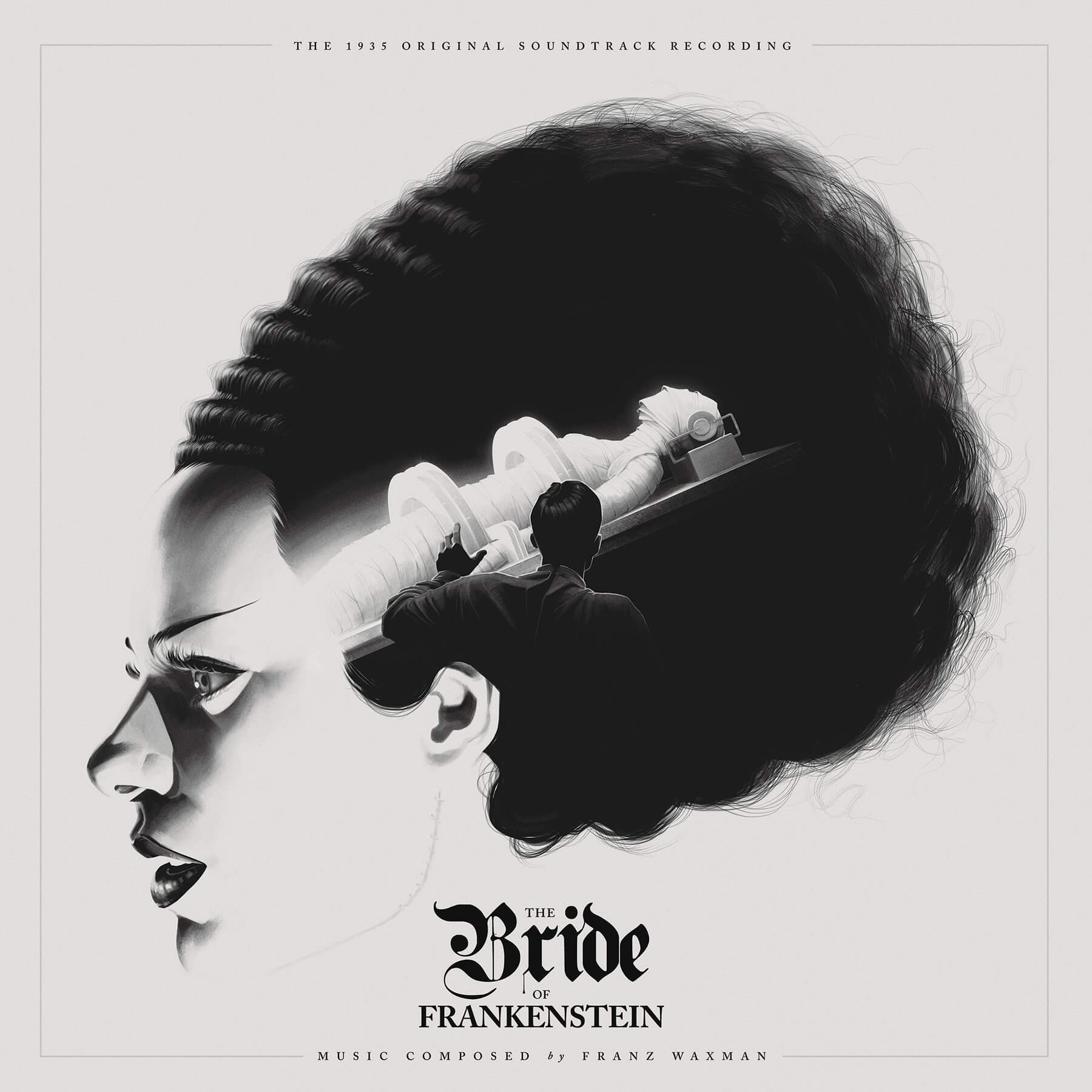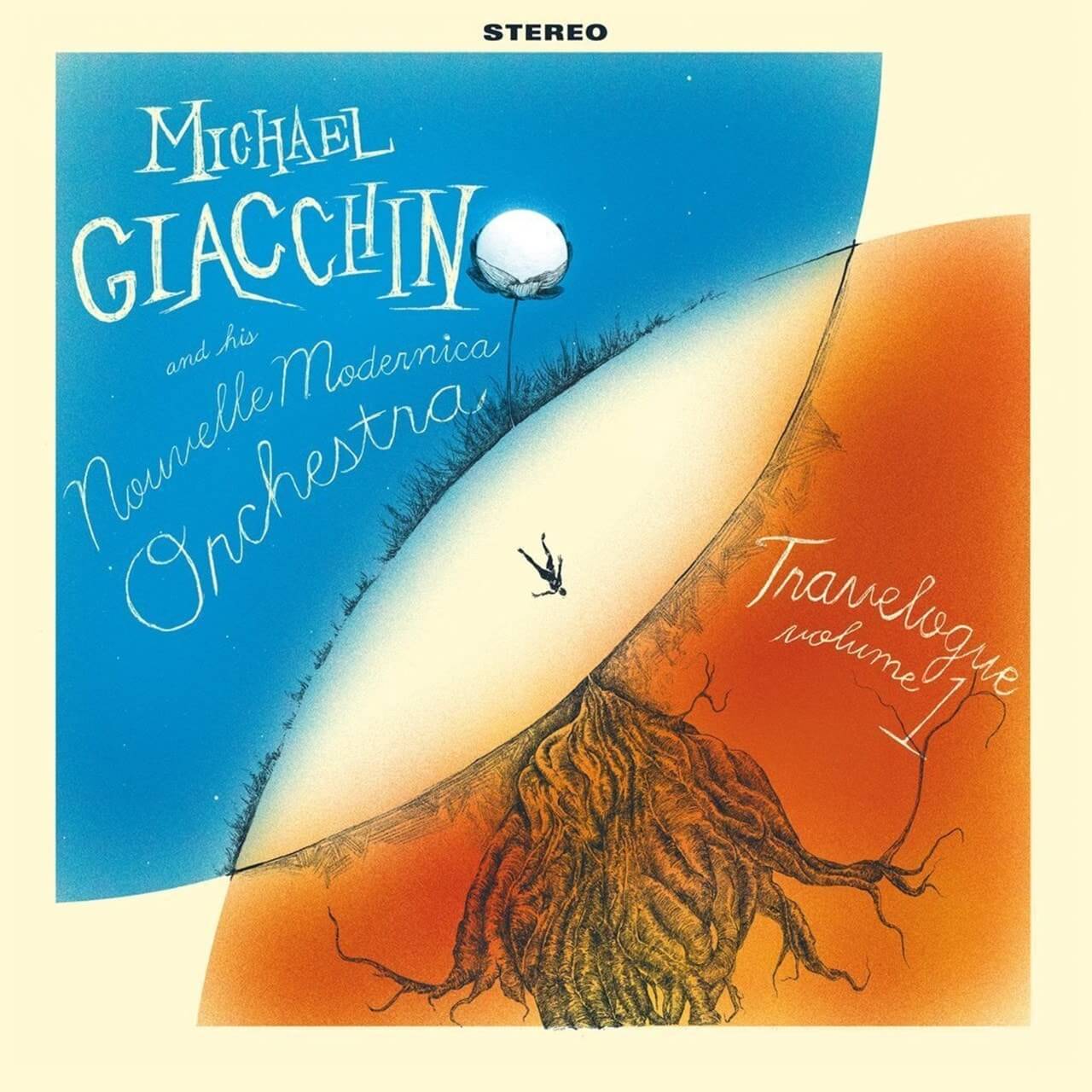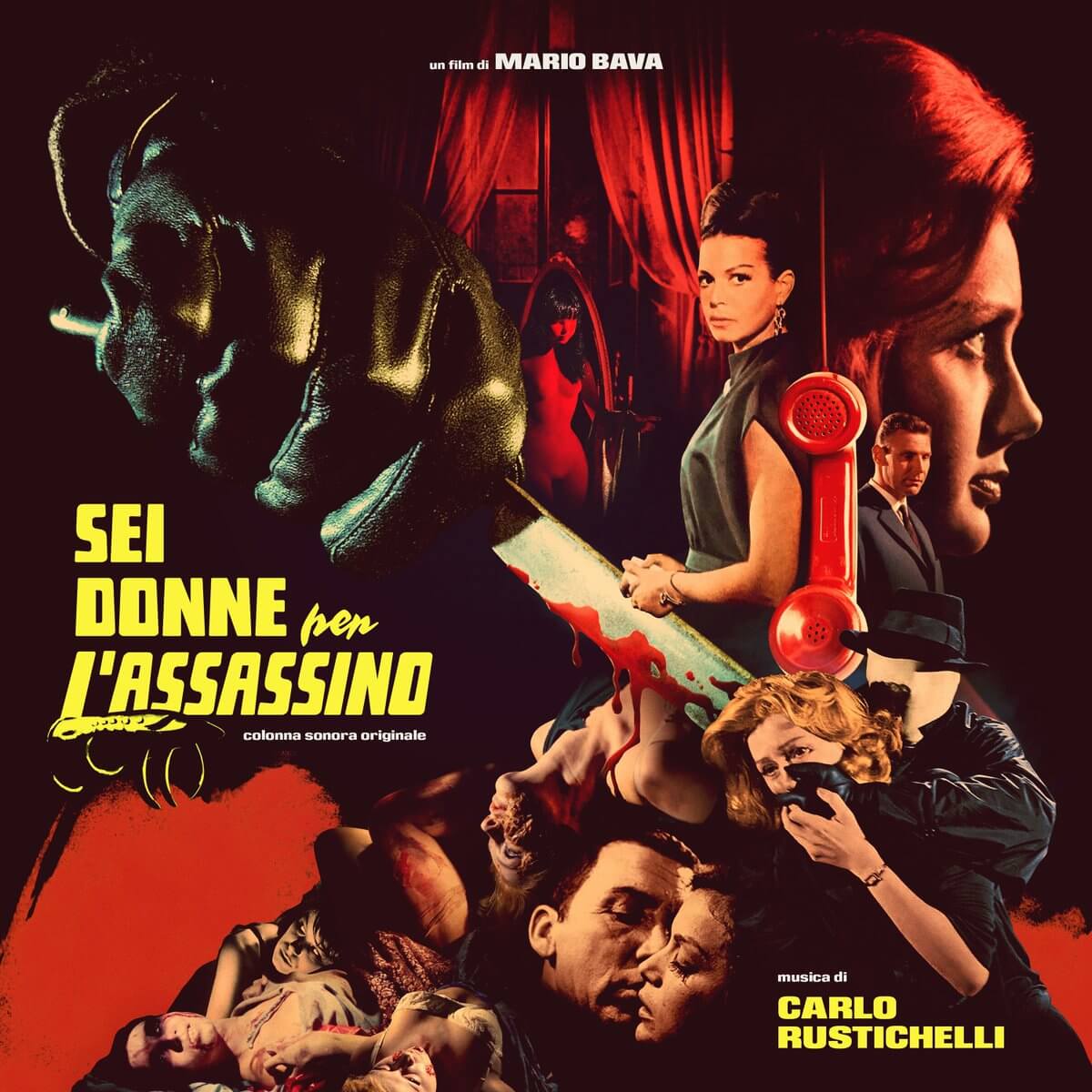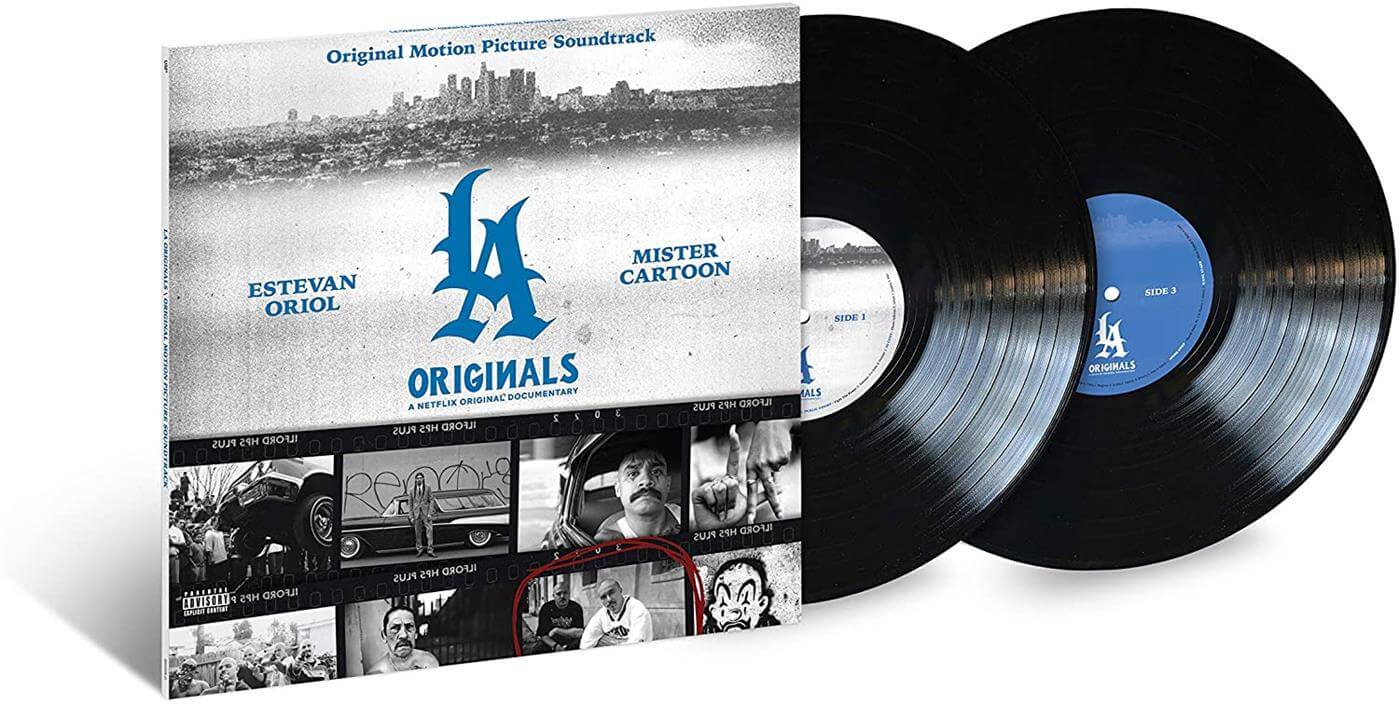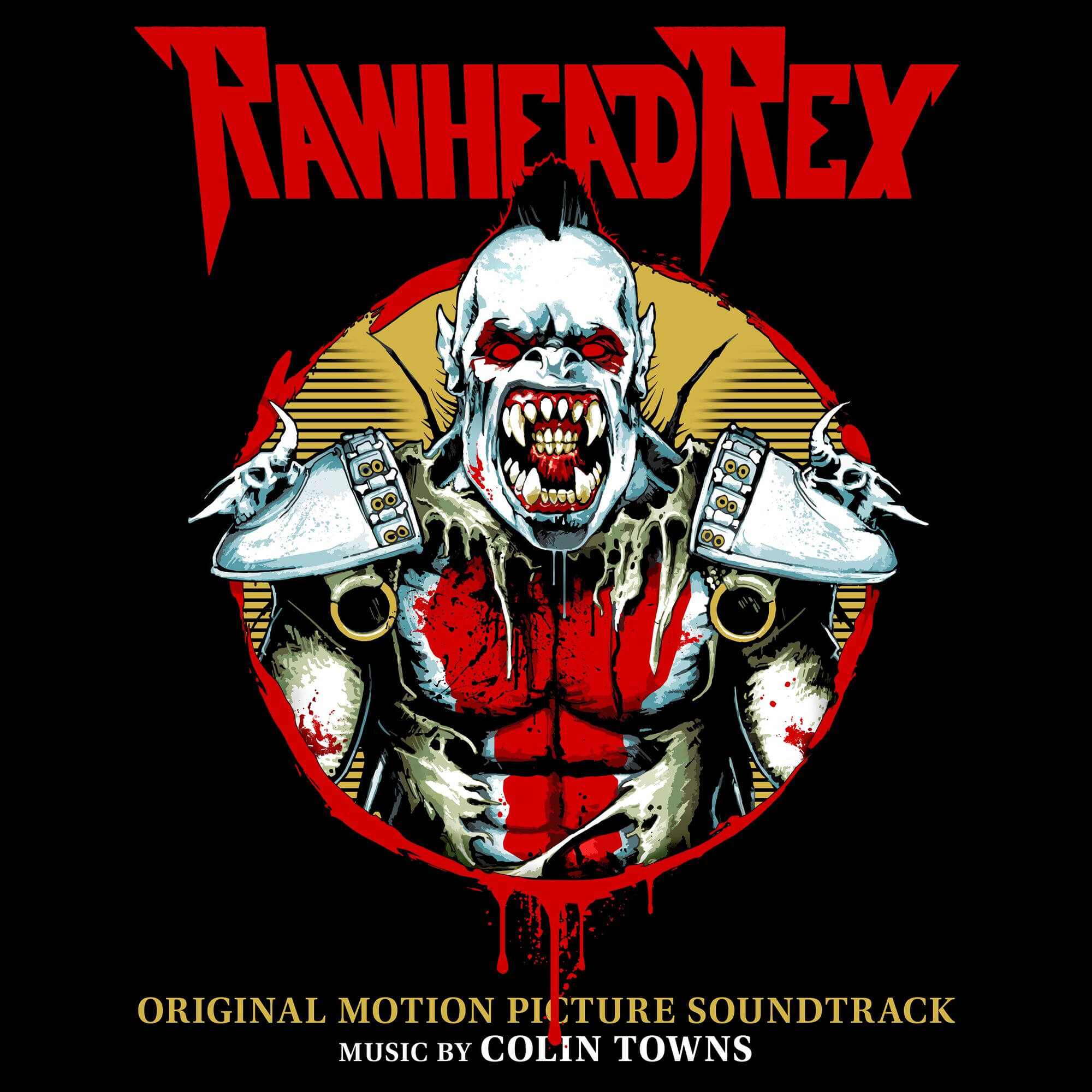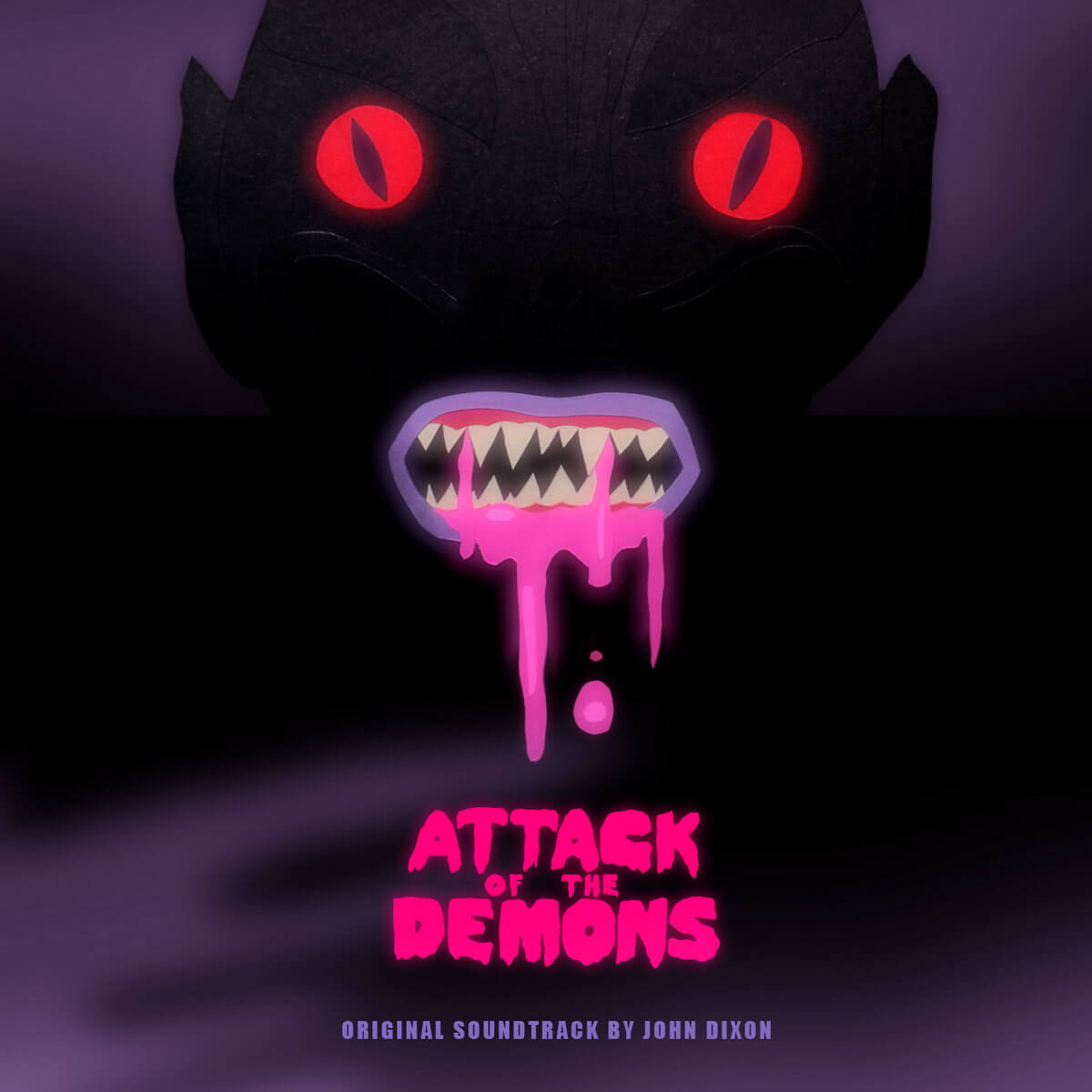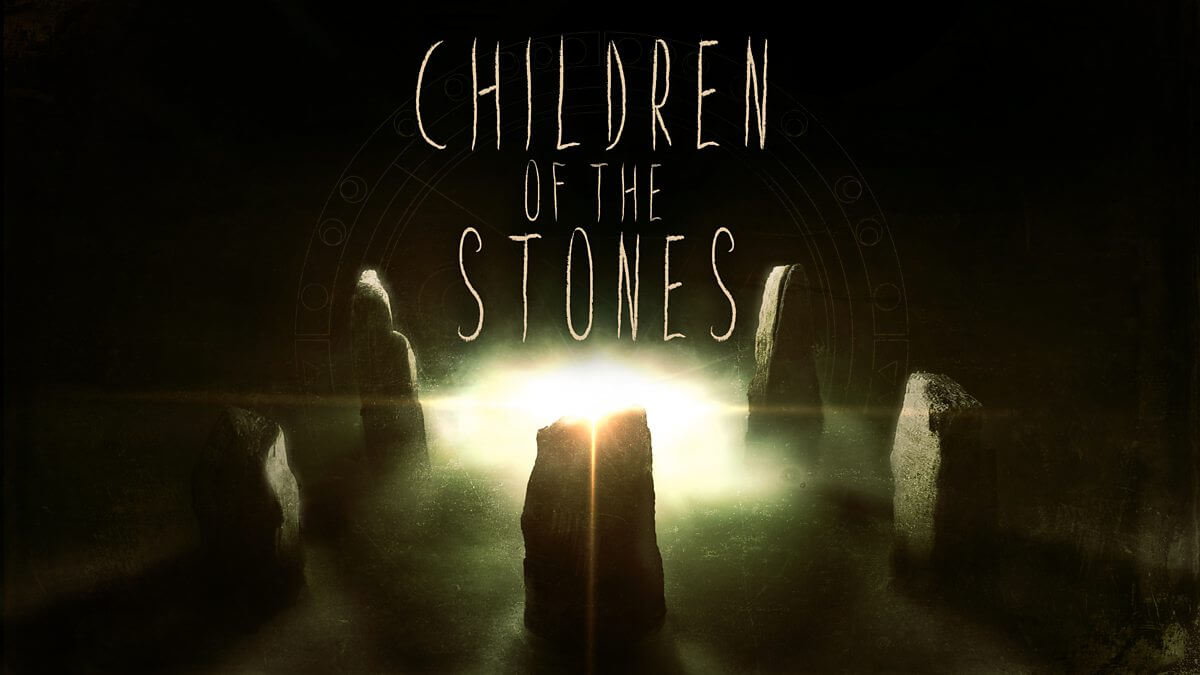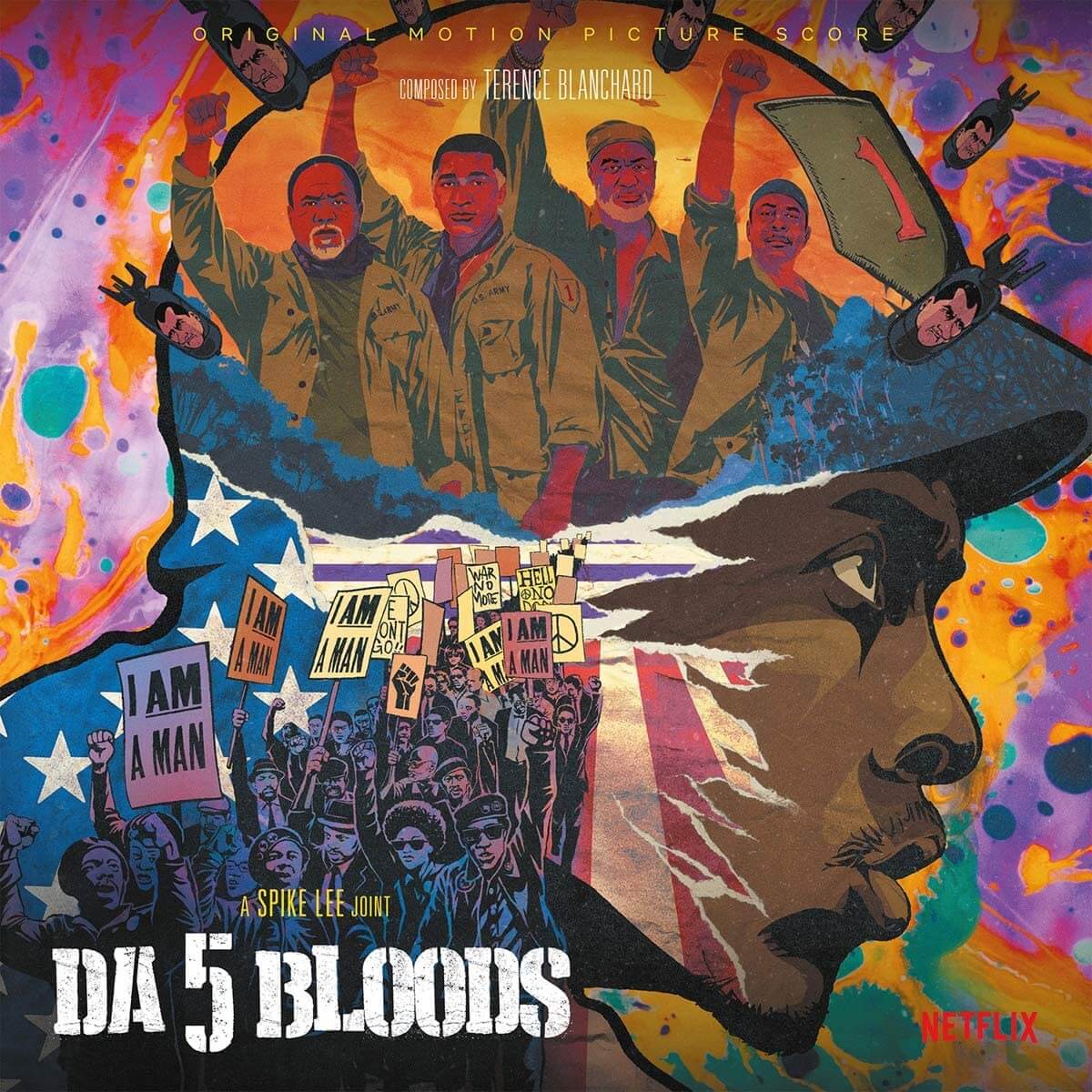The third instalment of John Carpenter’s original, non-score music, Lost Themes III, is an absolute treat for the ears from beginning to end. When the director and musician first teamed up with his son, Cody, and Daniel Davies – son of the Kinks’ Dave Davies and Carpenter’s godson – in 2015, it marked the first new music from the longtime composer since Carpenter’s score for his 2001 movie, Ghosts of Mars.
Lost Themes II followed in 2016, and the trio also re-recorded updated versions of some of Carpenter’s most notable film themes with 2017’s Anthology: Movie Themes 1974 – 1998, featuring everything from Halloween to They Live to In the Mouth of Madness to Vampires and everything in between. However, while Carpenter, his son, and godson would team up to record the score for David Gordon Green’s Halloween sequel in 2018, there’d been no new music from the three until they surprise-dropped the single, Skeleton, backed with Unclean Spirit in August of last year.
Shortly thereafter, it was announced that Lost Themes III would be coming in February of 2021, and after a nearly six-month wait – punctuated with a couple of teaser tracks in the form of October’s Weeping Ghost and December’s The Dead Walk – the full album is now out via Sacred Bones, and it’s certainly worth the wait.
While the first two Lost Themes albums certainly had a lot to recommend them, with the first installment’s “Vortex” and the second’s “Distant Dream” being among the best things the director has ever written, they felt more like collections of odd-and-sods than proper albums. While the flow of Lost Themes II certainly went better than the first, and the compositions went further afield from what one might expect from ‘John Carpenter doing original music’, it didn’t quite gel in the way that Anthology would.
One might think that drawing tracks from a 25-year-period, then re-recording and resequencing them as an album would have resulted in a real greatest hits situation, but the fact was that the interconnected nature of the director composing the music for his own films meant that Carpenter’s voice and vision came through loud and clear, resulting in a remarkably cohesive artistic statement. Going from there to creating a score for a film seems to have only further brought Carpenter, Carpenter, and Davies closer together as a musical group, and that’s intensely reflected in the music of Lost Themes III.
While the first single, Weeping Ghost, is the real star of the show on the album, coming across as a potential contender for the best new horror disco number in years, the rest of the album is equally as impressive. Considering the song titles, such as Dripping Blood, Cemetery, and Carpathian Darkness, this is an album that leans fully into horror as a thematic connecting point. Lost Themes III is incredibly spooky and atmospheric, as opposed the more sci-fi and action elements of the previous two albums in the series.
What that means is that, until the second side of the LP, with Cemetery, Skeleton, and The Dead Walk, there’s not really much of that Ghosts of Mars-like heavy guitar-driven composition. Much of the first side is a synthesiser and drums affair, and frankly, it works wonders by sticking close to those elements. It’s not all eerie tones, however; Cemetery is an action theme which fits right in alongside Big Trouble in Little China‘s Abduction at Airport or Moochie’s Death from Christine. Vampire’s Touch manages to feel terrifying and exhilarating all at once, as well.
If waiting over two years for new material means that the end result is Lost Themes III, then it’s certainly worthwhile for John Carpenter, Cody Carpenter, and Daniel Davies to woodshed until 2023.

